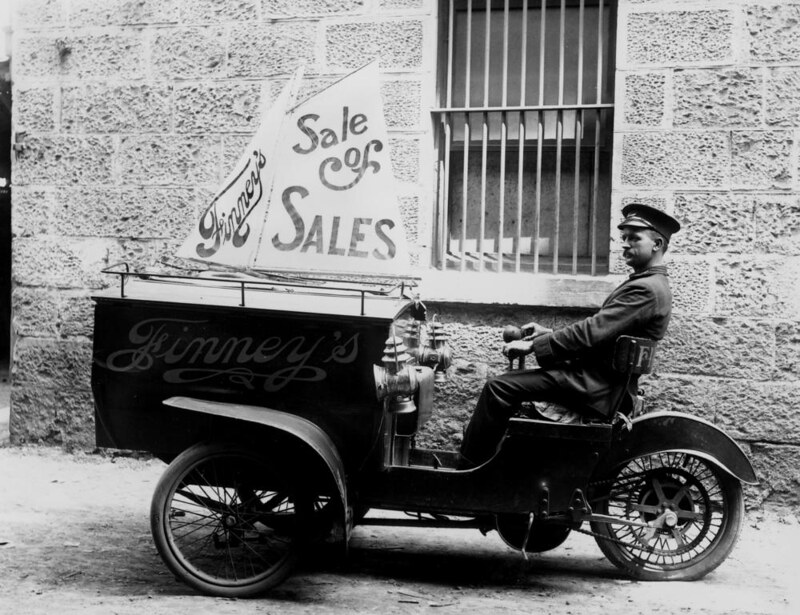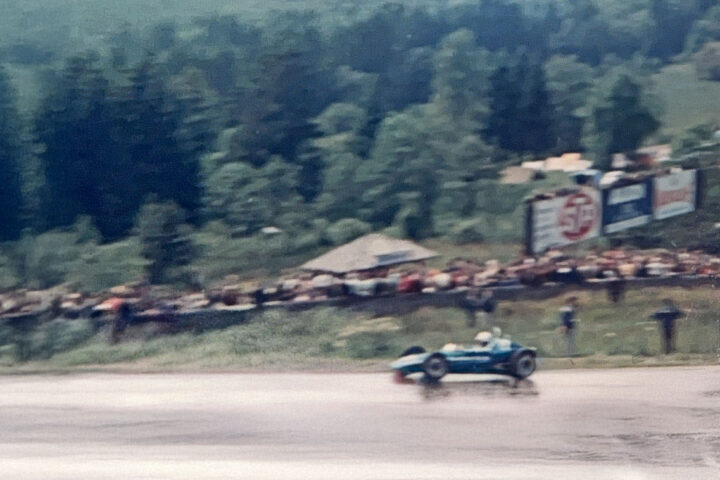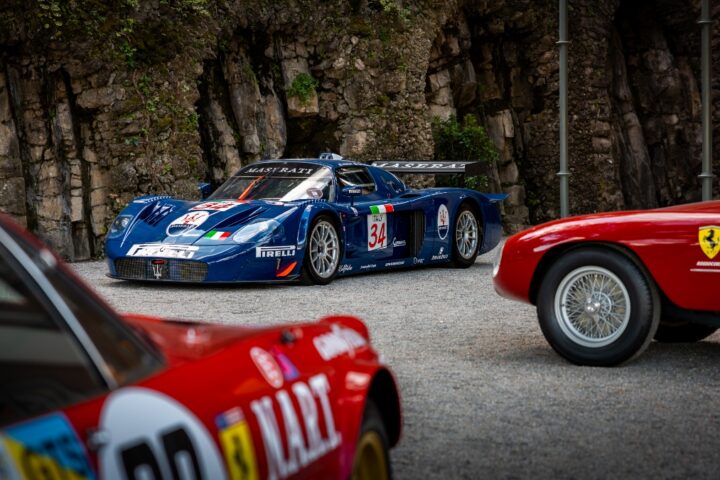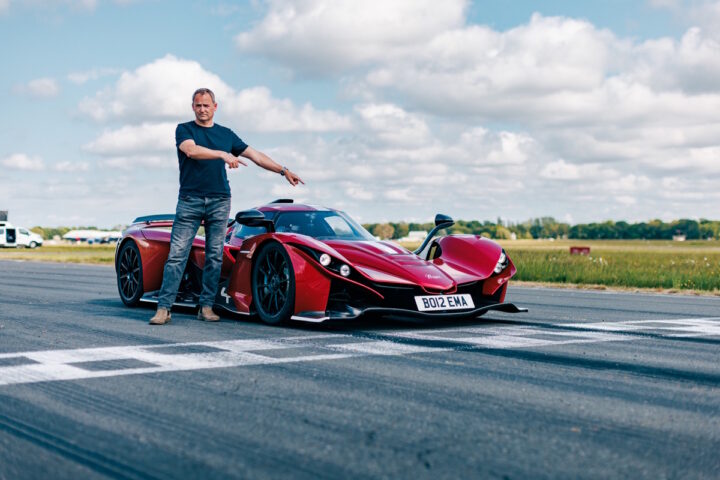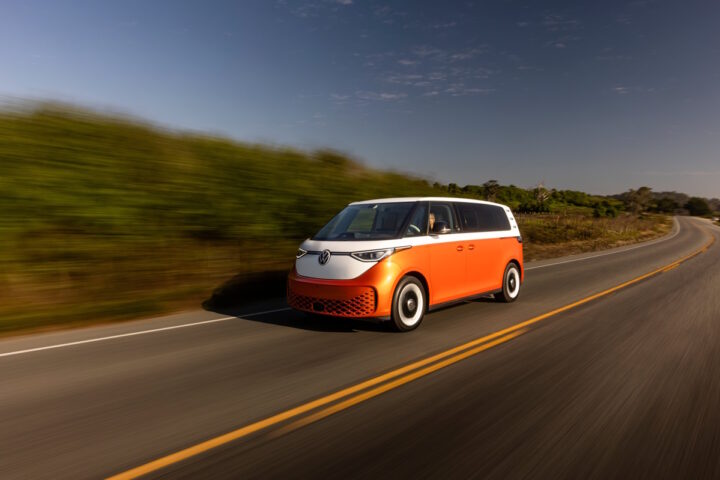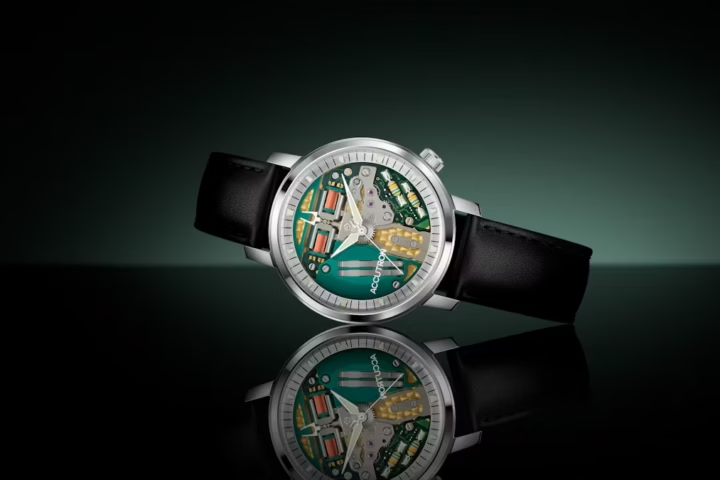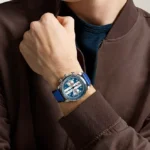TGR Staff
AC is most widely known as the maker of the AC Ace, a car that would go on to become the Ferrari beating Shelby Cobra. Since 1922 some version AC has existed, but while some people may know that AC stands for “Auto Carrier” they likely don’t know that the name is derived from this three-wheeled delivery vehicle that started production in 1904.
Autocars and Accessories was founded in 1903 by the Weller Brothers with the goal of building a small touring car, the company couldn’t find the backers for a passenger car, but they did find funding for a commercial delivery vehicle, and the Auto-Carrier was born. In 1907, the company introduced the Auto-Carrier Sociable, with a passenger seat in place of the cargo box, the name was abbreviated and the vehicle was promoted as the A.C. Sociable.
In 1911, the company moved to Ferry Works, Thames Ditton, Surrey, and changed names to Auto Carriers Ltd. The company also unveiled a new logo featuring the AC roundel logo still associated with the brand to this day. In 1913 the AC-10 was introduced, the company’s first four-wheel production car, World War I interrupted production as the factory switch over to producing shells and fuses. After the war, John Weller designed a new overhead-cam inline six-cylinder engine, which would see production in 1919 and power many AC cars until 1963. In 1921, racing driver Sammy Davis joined Auto Carriers as a works driver competing at the Brooklands.
In 1922 the company changed names again, this time to AC Cars Ltd. AC Cars would win the Brighton Speed Trials in 1923 and 1924, also in 1924 T.G. Gillett broke the continuous 24-hour record in a 2-liter AC, fitted with special streamlined bodywork, covering a distance of 1,949.3 miles. In 1926, AC would win the Monte Carlo Rally followed by more endurance records in 1927, solidifying AC as a world-class sports car.
Towards the end of the 1920s, AC started to see a decline in sales and the company was sold in 1927 and the name was changed to AC Acedes Ltd. With sales already own the crash of 1929 was too much for the struggling automaker and the company was liquidated and sold to William Hurlock who was more interested in real estate than sportscars. In 1930 Hurlock had a car built using some of the spare parts left over from production, he liked it so much he agreed to restart the company in a limited capacity. The company produced about 100 cars a year when war loomed on the horizon, and in 1940 AC went to war for a second time.
After the war, the company used its government connection to secure contracts to produce fiberglass three-wheeled invalid carriages, a contract that AC would keep until 1976. The company which had started with a three-wheeled city car had returned to its roots. The company also secured contracts to build railway cars and produced golf carts. While not the sexy sports cars the company was known for, these contracts kept the company afloat and allowed them the capital to produce the car that would become the Cobra.
The company would slowly decline through the 1970s eventually being sold off in 1986 to Willliam West, like William Hurlock before him, West was more interested in the real estate that AC held and eventually sold off the automotive interest to Brian Angliss, owner of Autokraft, a Cobra restoration shop. He would develop a new AC Ace and even arranged a partnership with Ford to keep the Cobra legacy alive, but by 1996 he had only managed to build roughly 50 new Aces and the company went into receivership. The company would then be sold and renamed as AC Car Group Ltd, in 2002 AC Motor Holdings Ltd took the reigns and partnered with Carroll Shelby to produce continuations of the original Cobra, but they would only produce a handful of cars before ceasing production in 2007.
In 2008, Acedes Holdings LLC was formed in the Caribbean state of St. Kitts in partnership with Brooklands Motor Company in Surrey, UK. Brooklands picked up where Autokraft left off restoring AC and Shelby Cobras. This new version of AC has recently unveiled an all-electric version of the classic AC Ace as well as a 2.3-liter four-cylinder version of the iconic 60s sports car.
So one of the most famous cars in the world, the Shelby Cobra, which would go on to defeat Ferrari in the FIA World Championship can trace its start from the humble beginnings of the Auto Carrier delivery vehicle.

